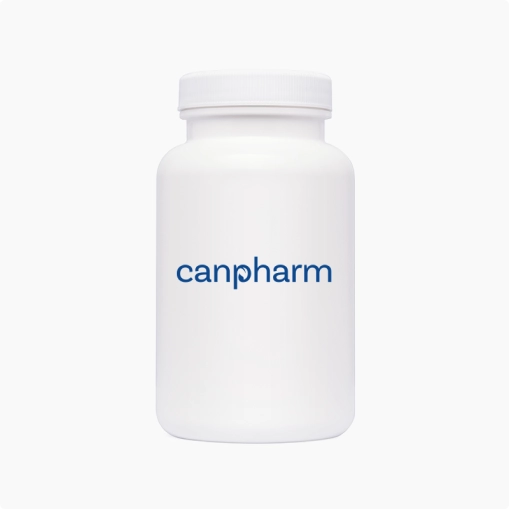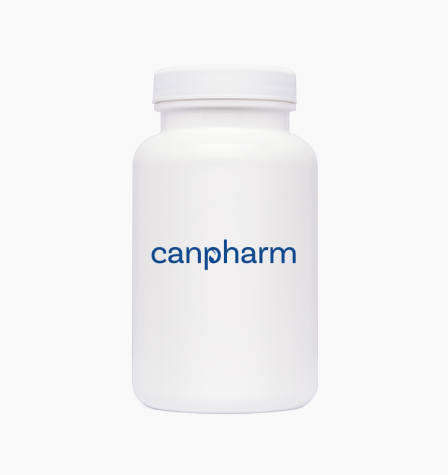
Niaspan FCT (Extended Release)
| Dose | Size & Price | Qty |
|---|
-
Description
-
Reviews (0)
-
Related Products
-
Related Conditions
Fact Table
| Fact Table | |
|---|---|
| Formula | C6H5NO2 |
| License | FDA approved |
| Bioavailability | ~72% (extended-release formulation) |
| Legal status | Prescription Drug |
| Chemical Name | Pyridine-3-carboxylic acid |
| Elimination half-life | ~60 minutes (varies based on formulation) |
| Dosage (Strength) | 500mg, 750mg, 1000mg extended-release tablets |
| Pregnancy | Consult Doctor (Category C) |
| Brands | Niaspan |
| Protein binding | Minimal |
| PubChem CID | 938 |
| MedlinePlus | a682518 |
| ChEBI | 15940 |
| ATC code | C10AD02 |
| DrugBank | DB00627 |
| KEGG | D00049 |
| Routes of administration | By mouth (extended-release tablets) |
Niaspan FCT is a high cholesterol treatment medication used to lower LDL cholesterol and triglyceride levels and prevent the associated risks of heart attack or stroke, plus reduce the risk of pancreatitis. It is usually prescribed after non-pharmaceutical approaches to lowering cholesterol have not worked well enough. Niacin is a Vitamin B-3 nicotinic acid that limits the amount of LDL cholesterol produced in the pancreas while allowing HDL cholesterol levels to increase and provide their benefits. You can buy Niaspan FCT with a prescription here at Canpharm.
Directions
Standard dosage for Niaspan medication is to take tablet 1x daily and at bedtime. Users that have upset stomach from the medication can start taking it with food.
Ingredients
The active ingredient in Niaspan FCT is Niacin
Cautions
Let your doctor know of any history of low blood pressure, bleeding problems, diabetes, gallbladder disease, glaucoma, gout, heart disease, kidney or liver disease, stomach ulcers, or hypothyroidism (underactive thyroid) before starting on Niaspan FCT
Use of this medication may make you dizzy or drowsy and it may be advisable to avoid driving our using machinery while taking Niaspan FCT
Niaspan FCT may cause rises in blood sugar levels for diabetics
Women who are pregnant or breastfeeding should only use this medication if their doctor approves it
Interactions
Negative drug interactions may occur between Niaspan FCT and other Rx or OTC medications, including cholestyramine, colestipol, metoprolol, propranolol, verapamil, diltiazem, chlorpropamide, glipizide, glyburide, insulin, metformin, nateglinide, rosiglitazone, atorvastatin, lovastatin, simvastatin, and warfarin. Let your doctor know of all medications you are currently taking before getting a prescription and proceeding to buy Niaspan FCT online.
Side Effects
Niaspan side effects can occur, and some users may experience abdominal pain, diarrhea, dizziness, dry mouth, edema, flushing, headache, heartburn, nausea, accelerated heartbeat, rash, sweating, or tiredness. If side effects are seen you may want to discontinue use and meet with a doctor again to discuss high cholesterol treatment medication alternatives
Frequently Asked Questions about Niaspan FCT (Extended-Release Niacin)
What is Niaspan FCT used for?
Niaspan FCT (extended-release niacin) is used to help manage cholesterol levels by raising high-density lipoprotein (HDL) and lowering low-density lipoprotein (LDL) and triglycerides.
How does Niaspan FCT work?
Niaspan FCT works by reducing the production of LDL (bad cholesterol) and increasing HDL (good cholesterol) in the liver, which helps improve lipid levels and reduce the risk of heart disease.
How should Niaspan FCT be taken?
Niaspan FCT is typically taken once daily, preferably at bedtime with a low-fat snack to reduce potential side effects like flushing.
What are the side effects of Niaspan FCT?
Common side effects include skin flushing, itching, nausea, headache, and abdominal discomfort. Serious side effects can include liver toxicity or muscle pain.
How long does it take for Niaspan FCT to work?
It may take several weeks to see noticeable effects on cholesterol levels, and full benefits may be observed within 4–6 weeks of consistent use.
Who should not take Niaspan FCT?
Individuals with active liver disease, severe gout, or peptic ulcers should not take Niaspan FCT. It should also be avoided by people with a history of hypersensitivity to niacin.
Can Niaspan FCT cause liver problems?
Yes, long-term use of Niaspan FCT can lead to liver toxicity, which is why regular liver function tests are recommended during treatment.
Can Niaspan FCT be taken with other cholesterol medications?
Niaspan FCT can be taken with other cholesterol-lowering medications, such as statins, but it should be done under a doctor’s supervision to avoid potential interactions or side effects.
How should Niaspan FCT be stored?
Store Niaspan FCT at room temperature, away from heat, moisture, and direct light, and keep it out of the reach of children.
Can I drink alcohol while taking Niaspan FCT?
It is advised to limit alcohol intake while taking Niaspan FCT, as alcohol can increase the risk of side effects like flushing and liver damage.
